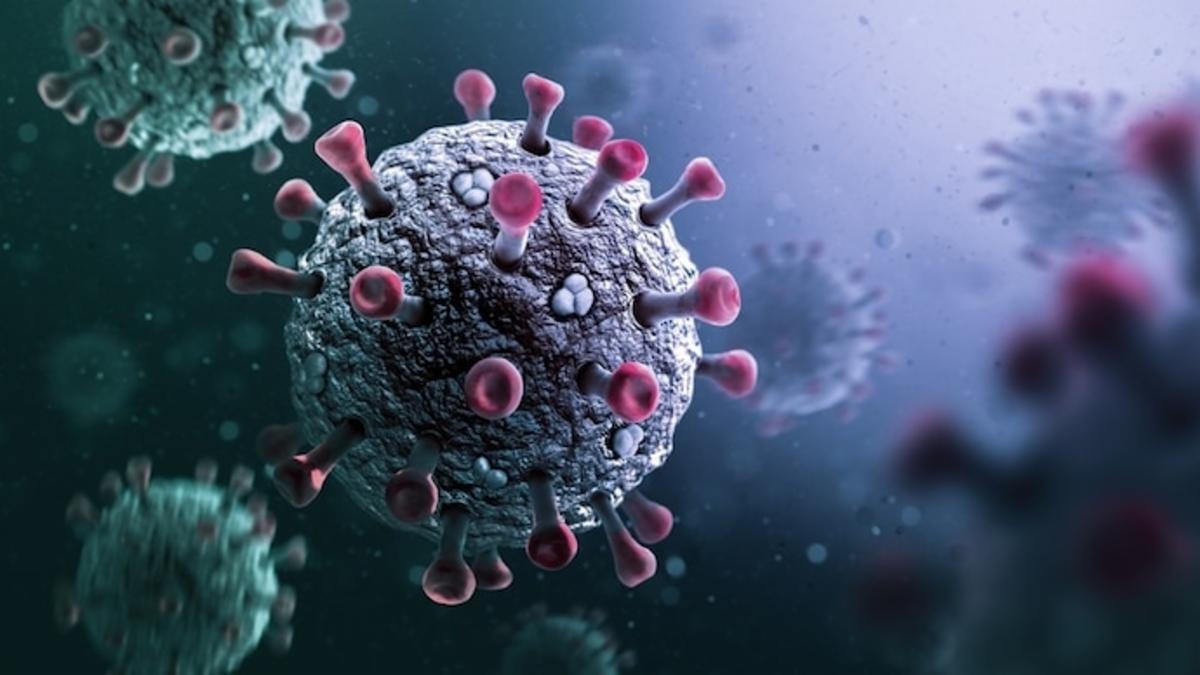Article Body
New Delhi, May 28 —
As the mercury rises across India, so does a worrying wave of high fevers — and with it, an unsettling déjà vu of a crisis many believed was behind us. Hospitals across cities like Delhi, Mumbai, and Lucknow are quietly noting a resurgence in COVID-19 cases, with over 1,200 active infections now confirmed across the country.
What’s more alarming, doctors say, is a sudden uptick in patients reporting 3–5 days of persistent fever, mild body ache, and sore throat — a symptom pattern echoing the now-familiar Omicron subvariants, many of which have shown resistance to prior immunity.
“We’re not seeing extreme severity like the Delta wave, but we are seeing clusters of infection in families, schools, and office spaces,” said Dr. Arpita Nayar, infectious disease expert at Delhi’s Max Hospital. “What’s concerning is how easily people are dismissing early signs as just viral fever.”
What’s Happening — and Where
The latest data from the Union Health Ministry paints a cautious picture. While India is not officially calling this a wave, the consistent daily spike in cases over the last 10 days is hard to ignore. The bulk of the new cases are being reported in urban hubs like Delhi-NCR, Bengaluru, Pune, and Ahmedabad, where people have largely let go of masks and social distancing.
The most affected demographic?
Young adults and working professionals in the 25–45 age group — the very group now back to office desks and metro trains. School-going children are also increasingly showing flu-like symptoms, according to pediatricians in Mumbai and Hyderabad.
The Variant in the Room: Omicron’s Ghost Still Lurks
Genomic sequencing from the Indian SARS-CoV-2 Genomics Consortium (INSACOG) has confirmed that the rise is largely due to sub-lineages of Omicron, including XBB.1.16 and KP.2, which have shown a knack for evading vaccine-based immunity while causing milder but prolonged illness.
“The virus is still here, mutating quietly. People may not be dying in large numbers, but that doesn’t mean there’s no risk,” emphasized Dr. Ramesh Vora, a senior virologist in Ahmedabad.
What Are the Symptoms This Time?
According to frontline doctors treating recent COVID-positive patients, the dominant symptoms include:
-
High-grade fever (persisting 3+ days)
-
Dry cough
-
Mild chest discomfort
-
Extreme fatigue
-
Loss of appetite
Notably, loss of smell and taste — common in earlier variants — is rare in the current strain. Patients with co-morbidities like diabetes, asthma, and heart conditions are experiencing longer recovery periods and higher fatigue levels post-infection.
Public Response: From Fatigue to Apathy
Despite the uptick, mask compliance remains low, and RT-PCR testing numbers have plummeted — down by nearly 40% from this time last year, according to private lab data accessed by this reporter.
At a market in Delhi’s Karol Bagh, most shopkeepers were unaware of the fresh cases. “Corona gaya, madam,” laughed one vegetable vendor when asked about mask usage. Another added, “Ab to normal fever hi hoga. Hum toh kaam pe jaate hi jaate hain.”
This casual dismissal is exactly what worries public health officials.
“We’re not calling for lockdowns, but basic precautions must return,” warned Dr. Vikas Singh, advisor to the National Centre for Disease Control. “Masks in crowded places and early isolation can prevent clusters.”
Medical Advice: Don’t Ignore the Fever
Doctors are urging the public not to self-diagnose or ignore fever that lasts more than 72 hours. Over-the-counter medication might suppress symptoms but does not rule out infection — and could delay testing and contact tracing.
“If you’ve got a fever that’s not subsiding with paracetamol in three days, or if you experience a dry cough and unusual tiredness, get tested for COVID — especially if you're in contact with vulnerable people,” said Dr. Meenal Joshi, internal medicine specialist at Fortis Hospital, Mumbai.
Hospitals are also advising tele-consultations and using digital oximeters at home to monitor oxygen levels — a practice many adopted during the second wave.
Vaccination and Immunity: What’s the Status Now?
While India’s adult population boasts high vaccination coverage, immunity from the last dose may now be waning, especially among those who haven’t taken a booster in over a year.
There’s no official booster drive at the moment, but discussions are ongoing at the Ministry of Health. Some private hospitals have begun offering paid precautionary doses, especially for senior citizens and immuno-compromised patients.
“Vaccines are still effective in preventing hospitalizations and serious illness,” said Dr. Kavita Iyer, who leads a community health project in Chennai. “The biggest mistake is assuming COVID is over just because it isn’t killing like before.”
What Now: A Return to COVID-Smart Living?
This rise, while not catastrophic, is a timely reminder: the virus has not vanished — only our vigilance has.
Health experts agree on a few simple but impactful actions:
-
Mask up in closed or crowded spaces
-
Test early if symptoms appear
-
Don’t dismiss fever as “just the weather”
-
Practice basic hygiene and avoid crowded gatherings if unwell
With monsoon around the corner and dengue season not far off, India’s healthcare system is bracing for a possible convergence of seasonal and viral illnesses.
The message from the frontline is clear: this is not panic time — but it is precaution time.
